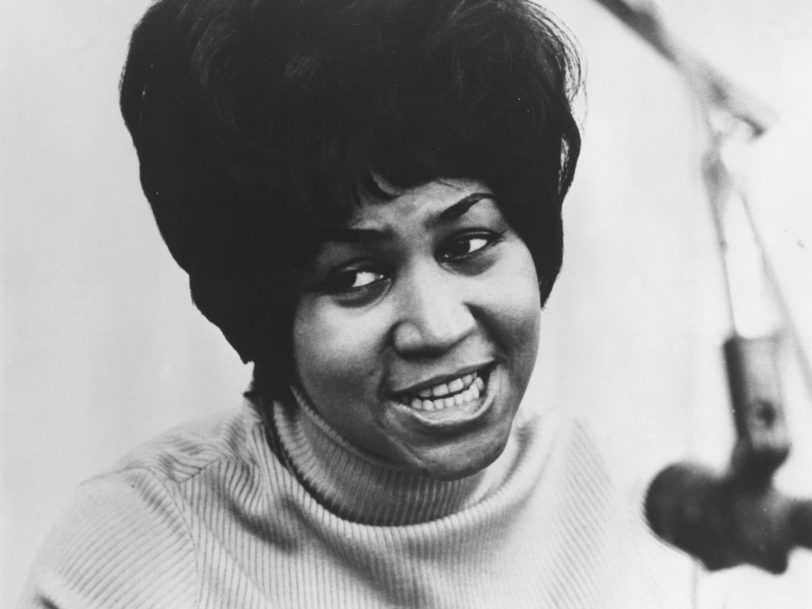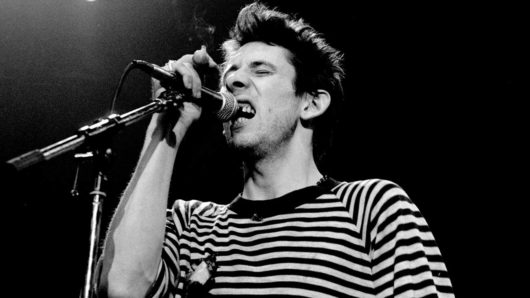The 60s is hailed as a golden age for rock music, with new frontiers being discovered by artists and bands like The Beatles, Jimi Hendrix, The Rolling Stones and Led Zeppelin – all male, most of them white. But during a decade also known for its gender restrictions and racial inequality, a swathe of female musicians broke down barriers and paved the way for more women to follow. The best 60s female singers made their mark in pop, soul and rock’n’roll music, leaving legacies every bit as influential as their male counterparts.
Here are our ten best 60s female singers.
10: Brenda Lee
Sitting just behind Elvis Presley, Ray Charles and The Beatles, Brenda Lee was one of the most successful singers of the 60s – yet she is rarely given much recognition.
Beginning her career at a very young age, Lee started making regular television appearances from the age of ten, on Ozark Jubilee, a variety show dedicated to country music. She had a voice much larger than her tiny frame suggested, and was able to produce strong growls and deep vibrato.
Her Georgia accent and gritty voice made her perfect for the burgeoning rockabilly scene of the late 50s, but while she is best known for her 1958 Christmas hit Rockin’ Around The Christmas Tree, Lee could also give heart-wrenching deliveries of more serious songs. In 1960, she gained unprecedented success in the pop charts with I’m Sorry, for which she was backed by the typical “Nashville sound” arrangements of orchestra and intricate background vocals, making her voice synonymous with ballads. It became the first of many certified gold records for the singer.
Lee’s “girl next door” image became famous around the world. As transatlantic flights were becoming more accessible, she was able to visit various countries, including Japan, Australia and continental Europe, enjoying unprecedented levels of global travel. Successfully crossing genres from country to rockabilly and pop music, Lee paved the way for other artists like Dolly Parton and Linda Ronstadt, forever ensuring her place among the best female 60s singers.
Brenda Lee’s remarkable ability to translate lyrics into reality with raw emotion earned her unprecedented success as a young performer in the early 60s.
Must hear: I’m Sorry




